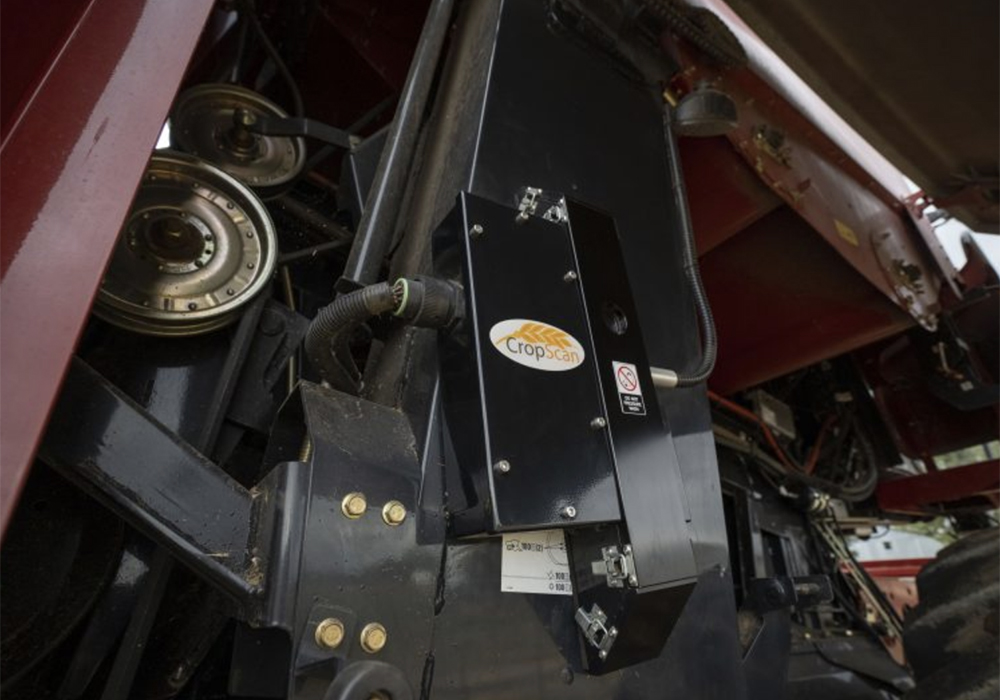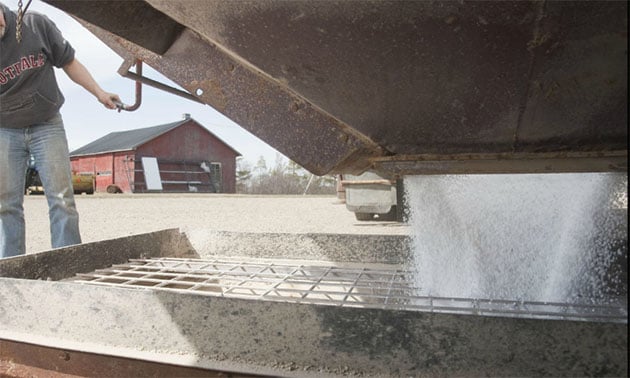Are you considering renting out your farmland? If so, there are important tax considerations when making this decision.
The rental structure could affect your ability to use the lifetime capital gains exemption, which gives you the ability to save tax on $1 million in capital gains (or $1.25 million as proposed in the 2024 federal budget).
Furthermore, renting your farmland could affect a tax-deferred rollover to the next generation. Maintaining your land status as qualified farm and fishing property is key to taking advantage of these possible benefits, and you should consider both when deciding to rent out your farmland.
Read Also

‘Precision’ insurance offered
One insurance provider is creating individualized risk profiles for farms, a process the company calls “precision insurance.”“Our goal with that…
Typically, there are two types of rental agreements that can be made: cash rent and crop share rent.
Cash rent is a fixed rental amount that is agreed upon by both of the parties, and the farm operator (renter) receives all the gains and risks of crop production.
Crop share rent is typically a 1:4 or 1:3 agreement in which the landlord will receive 25 per cent or 33 per cent, respectively, of the revenue from the year’s production.
The landlord will contribute their land along with a portion of the costs of crop production, which can include but is not limited to seed or fertilizer for the land. The farm operator will source the remaining contributions (machinery, labour, chemicals, etc.). Determining which agreement is better for you depends on where your farmland is located and the risk you are willing to take for your return on rent.
In practice, a lot of producers would prefer to have autonomy in their operations. This may make it difficult to convince tenants to give up a degree of decision-making. Therefore, you may have to provide some incentive to be able to structure an agreement in this manner. A good agreement should lead to both good tax results and a productive business relationship that will continue to be profitable.
If you choose the crop share agreement option, there are a couple of GST/HST implications to be aware of.
If you are renting part of the land’s farm production in addition to a fixed rate, only the fixed amount will have GST/HST if the crop is zero-rated. Zero-rated crops are those that are subject to GST/HST at zero per cent.
If other factors are measured into the total rental costs that are not a share in a crop that is zero-rated, they will contain GST/HST. For example, if one farmer rents farmland to another for $1,000 plus one-third of the land’s farm production (which is a zero-rated crop), the GST/HST is charged only on the $1,000 payment.
Careful planning is needed to determine if the landowner needs to continually be actively involved in the farm operations on the land so that they do not lose their status of qualified farm and fishing property.
In the past, the government has been strict in proposing that crop sharing is very similar to rent rather than active farming. Therefore, when deciding to rent your land, whether it be cash rent or crop share, reviewing the rules to maintain your status as qualified farm and fishing property becomes very important.
It is key to get proper advice from a qualified tax specialist to discuss the impacts of tax and to confirm you are keeping your status as qualified farm and fishing property when renting your land. This can help to reduce the impact of taxes paid on future sales of land or any transfers to the next generation.

















